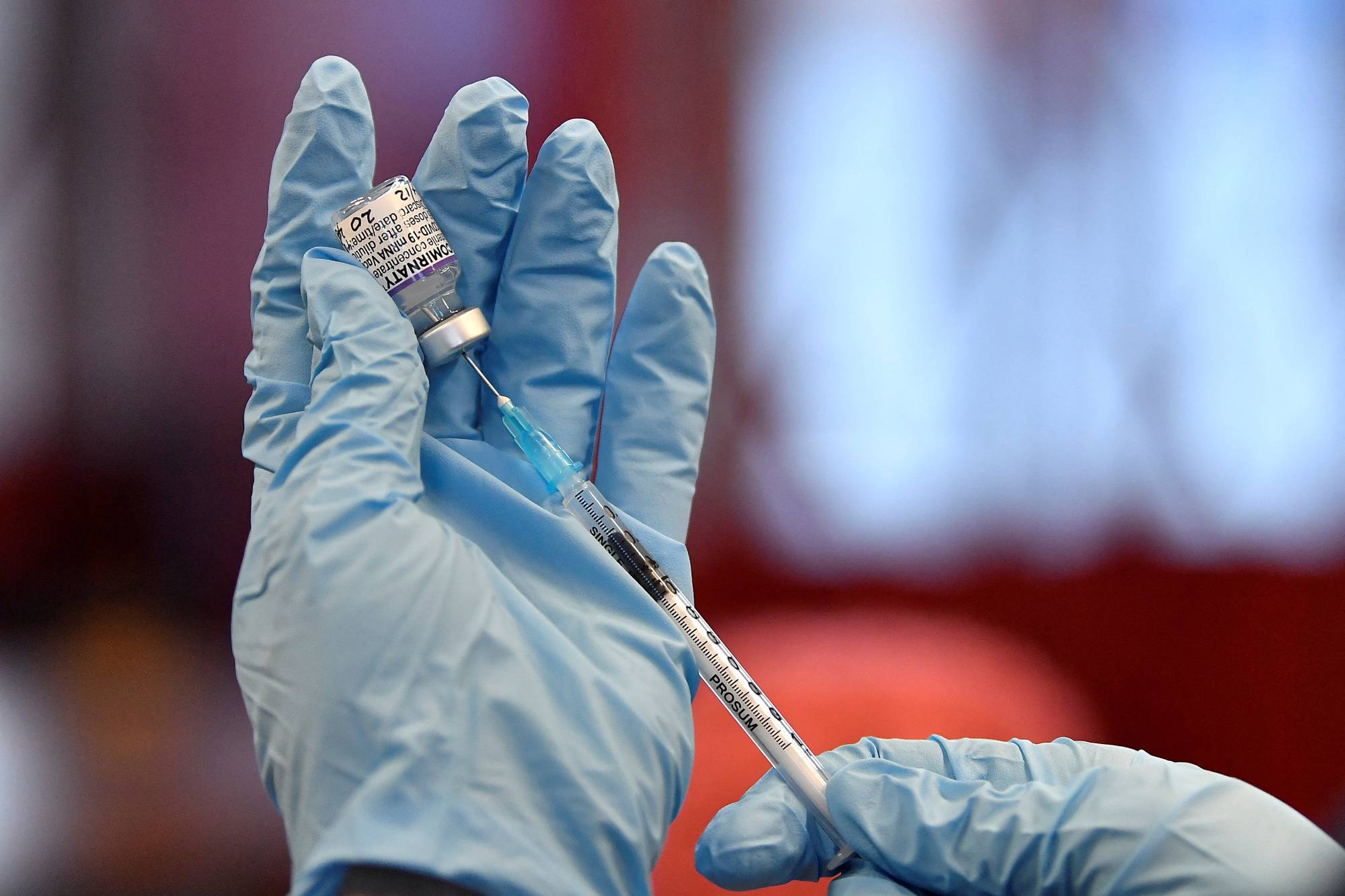Scientists don’t yet know where the new coronavirus strain dubbed omicron first developed, or even whether it was incubated in humans or animals. Still, two things are clear. The yawning gap in vaccinations between rich and poor countries only increases the risk of more such variants emerging. And bridging that divide will require focusing on demand as much as supply.
High-minded pledges from rich countries and exhortations from global-health officials have barely made a dent in the problem. Almost no low-income countries are on track to meet the World Health Organization’s goal of vaccinating 40% of their populations by the end of this year. Among the 92 countries covered by the WHO’s Covax initiative, the median vaccination rate is only 14%.
Even if rich countries reserve more shots for boosters, supply shortages should no longer pose the main roadblock to improving those numbers. According to one analysis, Group of Seven and European Union countries together should still have more than enough excess doses by the end of 2021 to meet the needs of poorer nations. Previously pledged donations need to be shipped out much faster, as President Joe Biden’s administration has just promised to do. Wealthy nations should also follow the example of the U.S. and allow poorer ones to take their place in the delivery queue, so doses can go directly to where they’re needed most.

















With your current subscription plan you can comment on stories. However, before writing your first comment, please create a display name in the Profile section of your subscriber account page.